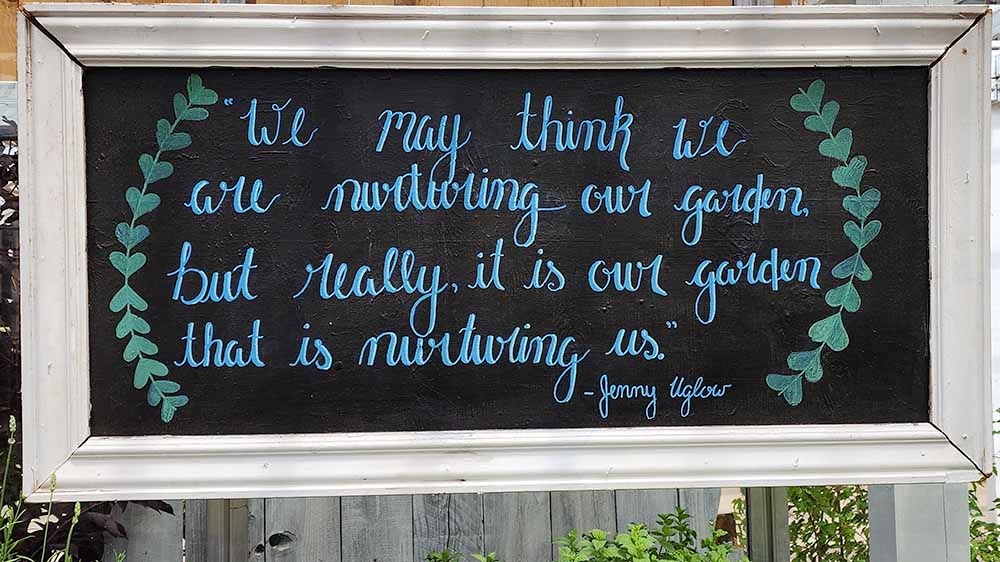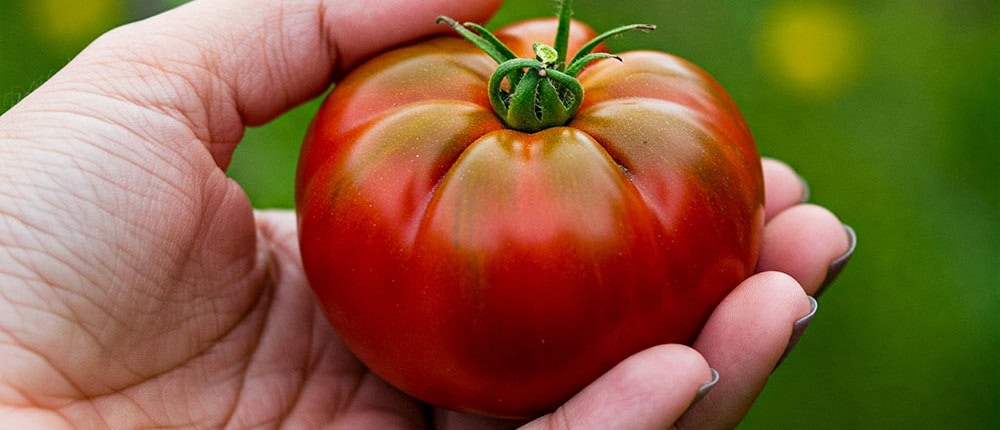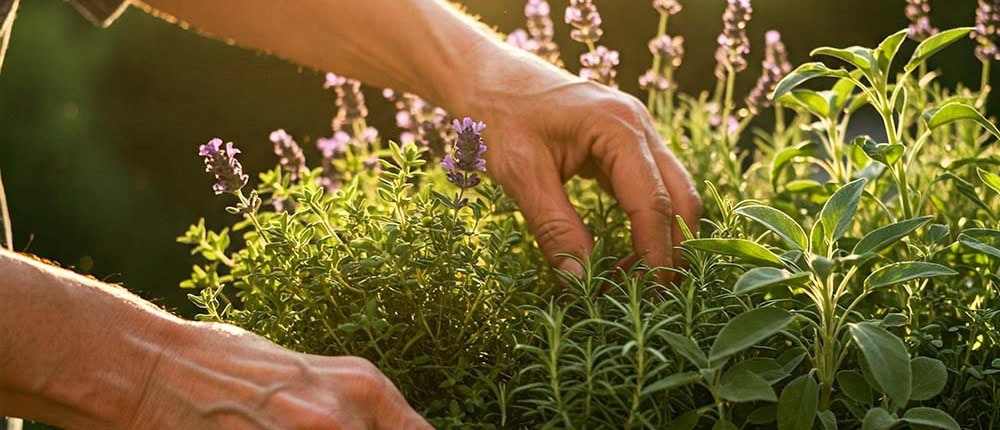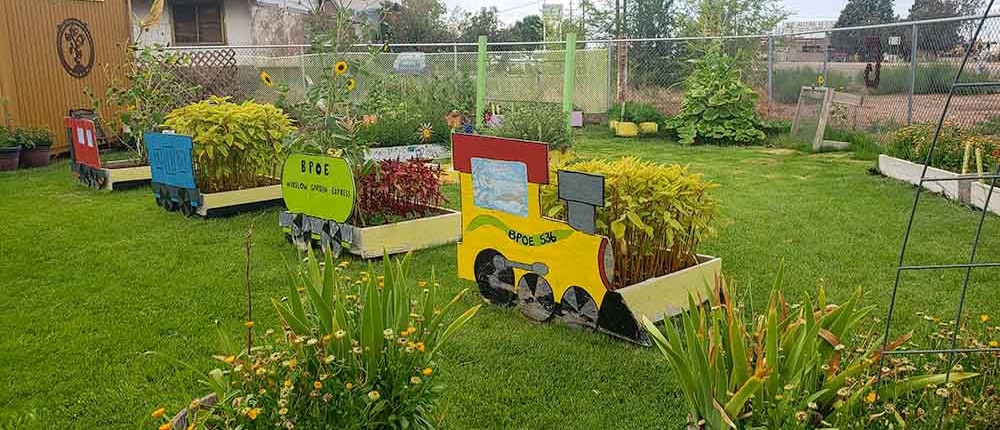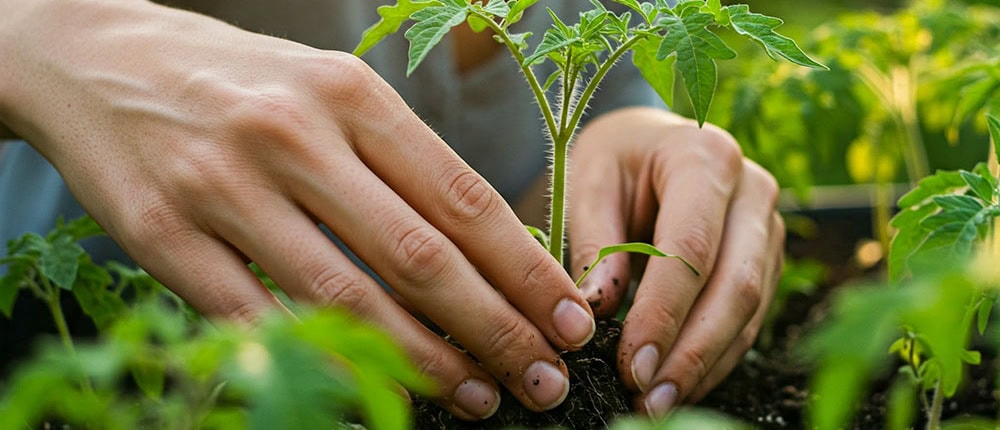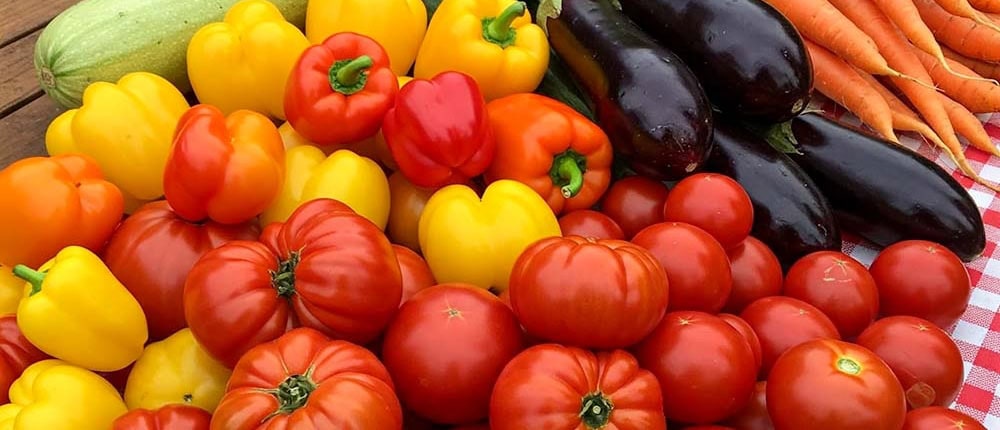The Value of a Home Garden
A Sanctuary in a Busy World
There’s an old joke among gardeners: “Growing your own tomatoes is a good way to save $2.00.” While the joke might get a chuckle, it barely scratches the surface of a garden’s true value, especially in our modern lives.
Whenever I’m challenged by a problem or feeling stressed, stepping into a garden—any garden, whether it’s a few pots of flowers and herbs or a full-sized traditional in-ground one overflowing with vegetables—has an immediate positive effect.
It’s like the garden activates a perspective function, resizing my challenges or thoughts that seemed too difficult, too large, or too hard, into their proper size and relevance within the natural world. It doesn’t magically solve them, but it does help put them into a realistic perspective, giving me time to breathe and think. In today’s fast-paced, technology-driven world, the garden offers this same sanctuary to everyone, a tangible connection to something real. It’s a place to slow down, reconnect with nature, and find peace amidst the chaos.
Historically, home gardens provided many essential benefits, particularly fresh vegetables, when grocery stores lacked refrigeration. They also saved money by offering homegrown food and offered better nutrition than canned or preserved options. But the true value of a garden extends far beyond these practical advantages.
Freshly harvested heirloom tomato.
Emotional and Mental Well-being
Nurturing the Mind
Have you ever noticed how time seems to slow down when you’re in the garden? The day’s worries melt away, replaced by a sense of peace. The garden becomes a sanctuary, a place to reconnect with yourself. As you step into the garden, your shoulders loosen, your breath deepens, and the gentle rhythm of tending to your plants quiets the mental chatter, allowing you to be fully present. This mindful engagement with nature has profound therapeutic benefits, bringing balance to our often overactive minds.
The sun warms you as you gently prune your tomato plants, and the scent of fresh soil is in the air. These sensory experiences create a calming atmosphere, allowing your mind to relax and unwind. It’s no wonder that exposure to plants and green spaces, particularly gardening, benefits both mental and physical health. Therapeutic gardens have been used in hospitals, creating restorative surroundings for patients, visitors, and staff.
Many gardeners report that they sleep more soundly and experience a more positive outlook on life after spending time in their gardens. The mental health rewards are so significant that the field of horticultural therapy has been developed to help people working through psychiatric disorders. Even conditions like dementia and anxiety can be calmed through gardening, leading to improved rest and well-being. For many, the garden is a welcome escape from daily pressures and responsibilities, a place to reduce stress levels.
I love going into the garden in the morning, when the sun is gentle and warm, to take photos of the growing plants and the insects that tend them. I notice the delicate veins in a new leaf, the way a bee deliberately gathers pollen, the tiny changes in growth from one day to the next. These small observations bring a sense of wonder to my day. This type of mindful engagement creates a sense of “meditation in motion.” As you carefully weed around your tender seedlings, your mind becomes focused on the task at hand, the day’s worries fading into the background. These simple, repetitive tasks allow you to be fully present, cultivating calm and focus. Gardening offers these positive benefits when approached with anticipation rather than as a chore.
Throughout history, great leaders and thinkers have recognized the restorative power of gardens. Marcus Aurelius, the Roman Emperor, and Stoic Philosopher, frequently sought refuge in his garden. A passionate gardener, Winston Churchill found solace and renewal in his garden at Chartwell. You don’t need to be a towering historical figure to find solace and inspiration in your garden. Slowly walking through the garden and paying attention to the details—the way the light filters through the leaves, the rich scent of the soil—provides a constant education into how things work together, along with glimpses of incredible beauty. Even simple tasks can be hugely beneficial, demanding full attention and presence. At the same time, studies have shown that gardening, in general, can significantly reduce stress hormones and improve mood.
Tending kitchen herbs.
Physical Health
Beyond Exercise
While the physical activity of gardening is undeniable, its benefits extend beyond simple exercise. Gardening can be a surprisingly effective exercise, engaging various muscle groups and promoting cardiovascular health, strength, and flexibility. A study by Dr. Lori Turner at the University of Arkansas found that yard work (including gardening) and weight training were the only activities significantly linked to maintaining healthy bone mass in older women, likely due to the weight-bearing nature of gardening and the Vitamin D boost from enjoying the sunshine.
Gardening proved more popular than weight training among the participants, highlighting its accessibility to improve bone health and potentially reduce the risk of osteoporosis. Growing even some of your own food naturally supports a healthier diet, as having fresh, homegrown produce readily available makes healthy choices significantly easier. You also control the growing process, ensuring your food is free from unwanted pesticides and chemicals. Connecting to your food in this way creates a deeper appreciation for healthy eating. Gardening can also be adapted for people with different physical abilities, from raised beds for easier access to container gardening for small spaces or limited mobility.
Winslow community garden.
Social Connections
Building Community
In an increasingly isolated world, gardening can foster a sense of community and connection. Community gardens provide a space for people to come together, share knowledge, and build relationships. They can be a source of social support, particularly for those experiencing loneliness or isolation. Community gardens offer valuable face-to-face connections and a sense of belonging in a world where social interaction all too often happens through screens.
My wife, Cindy, and I have experienced this firsthand during our travels. We always seek out community gardens wherever we stay, and every single one we’ve visited has welcomed us as fellow garden enthusiasts, allowing us to wander through and enjoy the sights. What’s even more rewarding is that a conversation almost always arises. Once the gardeners learn we’re not only fellow gardeners but also “seed people,” the conversation deepens. Knowledge and experiences are freely shared, and we usually come away feeling as if we’ve learned at least as much as we’ve shared. It’s a wonderful way to connect with people and experience the local culture. Gardening usually results in an abundance of produce, creating opportunities for sharing and generosity. Sharing your harvest with neighbors, friends, or local food banks strengthens community bonds and fosters a sense of connection.
Planting an heirloom tomato seedling.
Financial Considerations
A Realistic Perspective
While the financial benefits of gardening are often highlighted, it’s important to approach them realistically. Gardening can undoubtedly lead to cost savings, especially considering the rising cost of food. However, it’s crucial to factor in all expenses, including seeds, tools, soil amendments, and water. The initial investment can add up, but the savings usually repay the initial costs after the first year or two, particularly for those who continue growing a reasonably sized garden.
Our tomato seeds, for example, cost around $3.50 for a packet of 25 seeds. A single plant can yield 8-20 lbs of tomatoes. At an average price of $3.00/lb at the supermarket, one plant could produce $24-$60 worth of tomatoes. Assuming the lower end of production, 10 pounds of tomatoes from one plant is worth $30.00. After subtracting the seed cost, you have $26.50 worth of fresh tomatoes, with enough seeds left for a couple more years. Five tomato plants could yield 50 pounds of fruit, worth around $150.00. Similar comparisons can be made for other vegetables.
For me, the financial benefits aren’t just about saving money; they’re about having access to fresh, delicious produce that I can’t put a price on. It’s incredibly satisfying to walk out to the garden and pick a sun-ripened tomato or a crisp head of lettuce, knowing that I grew it myself.
This is one of the main reasons Cindy and I started gardening almost 30 years ago. I love to cook, and we would grow what was unavailable, unaffordable, or low-quality for the recipes we wanted to make. We would plan our garden together, looking through cookbooks and seed catalogs to find the perfect ingredients. We would get so excited looking at all the different varieties. I remember we were determined to make authentic Italian tomato sauce one year, so we grew several different kinds of plum tomatoes. We spent a whole day cooking them into a sauce, and the aroma in the kitchen was just heavenly. Gardening is particularly beneficial by providing access to fresh, healthy food that may otherwise be unavailable or unaffordable. In a world where food insecurity is a growing concern, gardening offers a way to increase self-sufficiency and ensure access to nutritious food. Beyond the dollar value, it’s also about the value of fresh, flavorful food, the satisfaction of growing your own produce, and the peace of mind that comes with knowing where your food comes from.
Freshly harvested heirloom vegetables.
Intangible Riches
Beyond Measure
Beyond the immediate benefits, there’s a deeper, less readily apparent value to gardening that’s difficult to quantify. There’s a deep sense of satisfaction that comes from growing your own food. Knowing you’ve nurtured something from seed to harvest is a rewarding experience that connects you to the natural world and the rhythms of life. Gardening is a continuous learning experience. You gain knowledge about plant life, soil health, and the environment, fostering a deeper understanding of the relationships of everything living within the garden. This knowledge can be beneficial, increasing your self-sufficiency and resilience. Growing some of your food can be a more sustainable way to eat, reducing your reliance on commercially produced produce. You can also choose to grow unique or heirloom varieties not typically found in supermarkets, opening up a world of unique flavors you might otherwise miss. For me, gardening has deepened my appreciation for the natural world and its intricate balance. Remember, gardening is a journey, not a destination, and even small steps can bring significant rewards.

